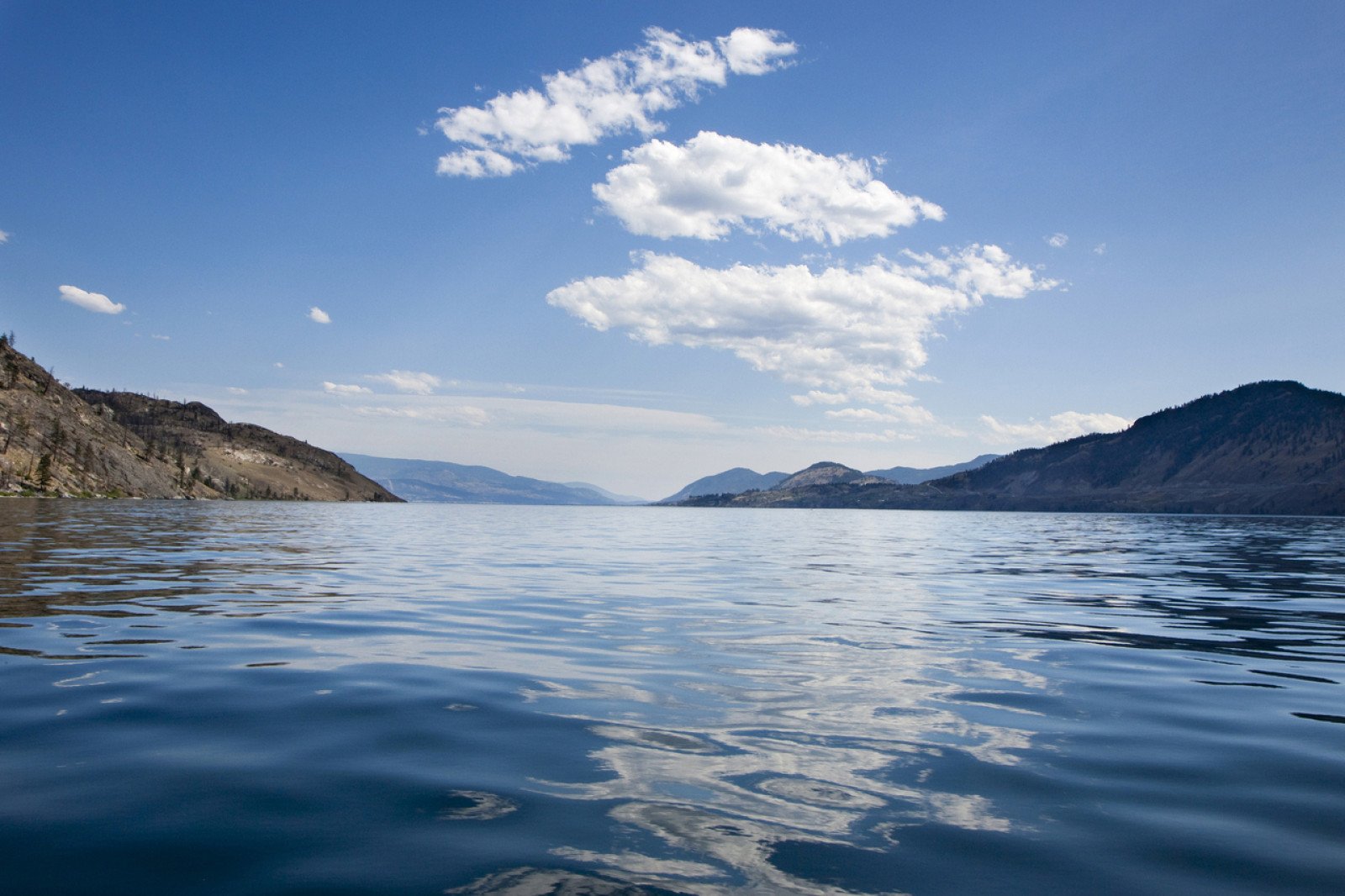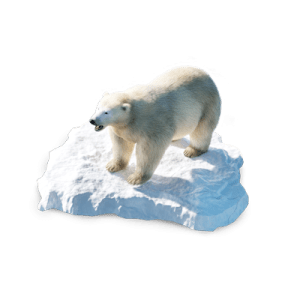Nature connections
Discuss the importance of connecting and caring for our land and place.

Overview
Show a video about Indigenous Nations connection to their land and place and then have students think about a special place in nature. Share their stories and places in a talking circle and reflect on the connection to place and caring for the land and natural world. The activity works well as an introduction or reflection about climate change and how personal connections to places can shape our sense of stewardship.
Instructions
What you'll need
- Internet connection and screen to play video
- Stick, feather, or other natural object for talking circle
Indigenous Nations connection to place
- Show students "The suknaʔqín̓x Okanagan is beautiful" (3:06), from the Westbank First Nation near Kelowna, B.C. Ask students to think about three things while watching the video:
- What are some visuals or images that stand out for you?
- How does the video make you feel?
- What do you think is the key/main message of the video?
- Watch the video and have students share their answers to the questions with a partner, and then as a class.
- Indigenous Nations have a strong relationship to the land and natural world and believe that everything is connected.
- They also feel a strong sense of responsibility and stewardship for their land and place.
Connection to nature
- The video talks about the sphere of living things and the land being beautiful. The connection to land and place is strong. Have students think of a place in nature that’s special to them.
- Optional: have them sketch an image and/or write about their special place in a journal or on a piece of paper.
- Come together for a talking circle about their special places.
- Introduce the talking circle. See Teaching notes.
- Have students take turns sharing stories about their special places and why they’re important to them.
- Encourage students to connect their stories and place to a sense of caring for the land and natural world.
- Discuss how climate change may affect their special places and how they can take action to protect our land and resources.
Modify or extend this activity
- Have students learn more about their special place if possible. How has it changed over time? What did it mean to Indigenous Nations in the area? How is it being cared for?
- Invite an Indigenous Elder or Knowledge Keeper to speak to the class about their connection to land and stewardship and the effects of climate change.
- Take students outside or on a field trip to find a special place in nature before the talking circle.
- Climate change has affected Indigenous Peoples way of life in many areas. Research more about the impacts of climate change on Indigenous Peoples in your community.
Curriculum Fit
Grade 7 Science
Curricular competencies
Processing and analyzing data and information
- Apply First Peoples perspectives and knowledge as sources of information
Applying and innovating
- Transfer and apply learning to new situations
Communicating
- Express and reflect on a variety of experiences and perspectives of place
Assessments
- Assess students’ ability to connect to Indigenous Nations perspectives and knowledge from the video through their sharing of ideas with a partner and as a class.
- Assess students’ ability to connect to place and communicate ideas in the talking circle.
Teaching Notes
Talking circles
Talking circles are important in Indigenous cultures as part of the oral tradition and as a way to share thoughts and ideas. The circle is a sacred and safe place where their words will be respected and safe from judgement. The purpose of the talking circle in this activity is to provide an opportunity for students to share their connection to nature and place in a circle, where everyone can see and listen to each other. The circle represents the Indigenous Peoples perspective that all living things, including humans, are interconnected and none are more important than the other. This is relevant to a discussion about connecting to nature and our responsibility to the environment and living things.
A talking stick or special object is passed around the circle and is used as a communication tool. Whoever is holding the stick can speak and share their ideas without interruption while others in the circle listen respectfully. Everyone is encouraged to share, but students may choose to skip their turn if they wish. When speaking, students are encouraged to use “I”-statements and share their own thoughts and ideas.
First Peoples Principles of Learning
The First Peoples Principles of Learning provide context for educators on commonly accepted perspectives and principles of teaching and learning for Indigenous Peoples of B.C. The concept of interconnectedness of values and learning are woven throughout the principles. This activity touches on three principles in particular:
- Learning is holistic, reflexive, reflective, experiential and relational.
- Learning is embedded in memory, history and story.
- Learning involves patience and time.







